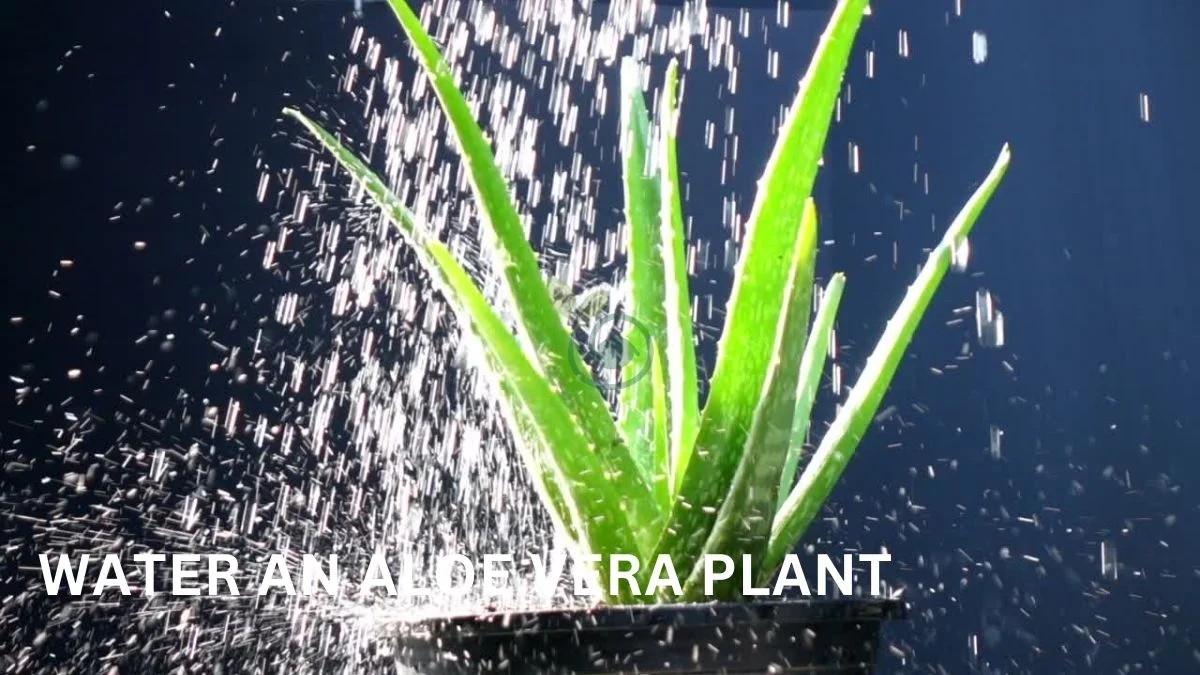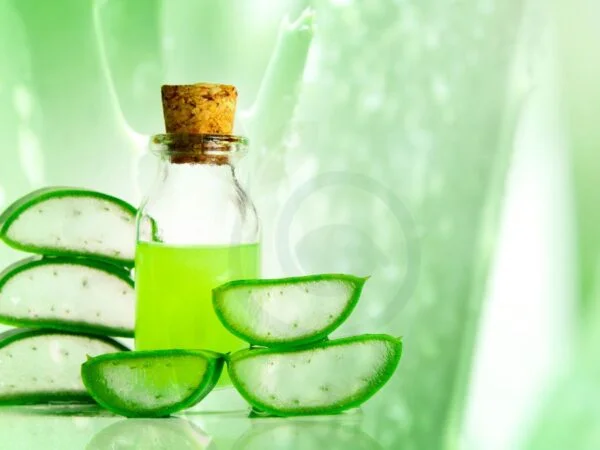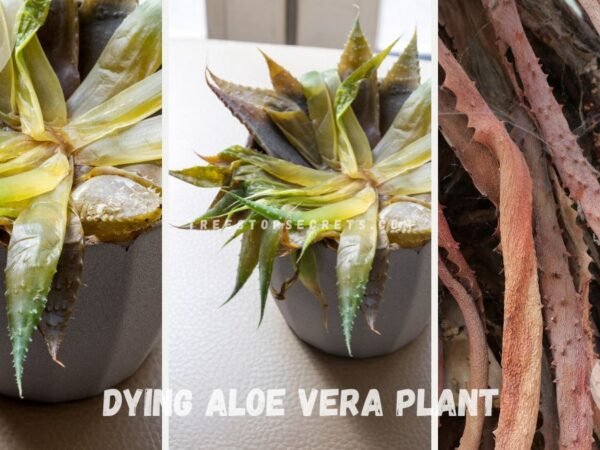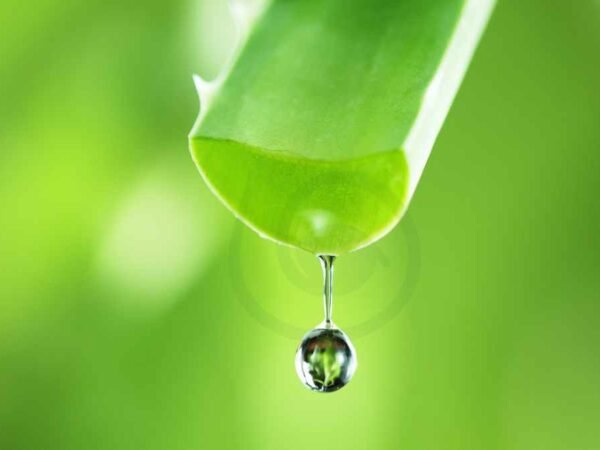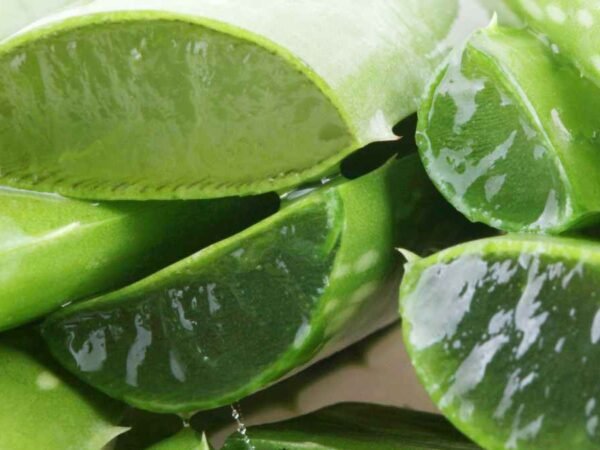Curious about the watering needs of your aloe vera plant? Understanding how often to water this resilient succulent is key to its thriving. Discovering the right balance can make all the difference in your plant's health and growth. Let's delve into the essential guidelines for watering your aloe vera effectively.
Understanding Aloe Vera Needs
Aloe vera, a succulent plant, requires minimal watering due to its water storage capabilities. This plant is adapted to thrive in dry soil conditions typical of arid environments. Overwatering can harm aloe vera by causing root rot and other issues.
Succulent Plant Characteristics
Aloe vera belongs to the succulent family, known for its ability to store water in its leaves. This feature allows the plant to survive extended periods without frequent watering. The thick, fleshy leaves of aloe vera serve as reservoirs for water, enabling it to withstand drought-like conditions.
Dry Soil Environment
Aloe vera thrives in soil that is well-draining and porous, preventing excessive moisture retention and water loss. The plant prefers soil that dries out completely between watering sessions. By mimicking the arid conditions of its natural habitat through infrequent watering, you can promote healthy growth and prevent root issues.
Avoiding Overwatering Pitfalls
Overwatering poses a significant threat to aloe vera health, leading to root rot and eventual plant death. It is crucial to allow the soil to dry out before providing additional water. Signs of overwatering include yellowing leaves, wilting, and a mushy texture in the plant's base.
Choosing the Right Soil
Soil Type
When it comes to planting aloe vera, selecting the appropriate soil that minimizes water loss is essential. Opt for a well-draining soil mix to prevent root rot. A cactus or succulent mix is ideal for aloe vera due to its succulents nature.
The right soil type ensures that excess water can easily drain out, preventing waterlogging and potential root issues. Aloe vera thrives in soil that allows for good airflow around the roots, promoting healthy growth.
Importance of Drainage
Proper drainage is crucial for aloe vera plants to thrive. Without adequate drainage, the roots can become waterlogged, leading to rot and other issues. To enhance drainage, consider adding perlite to the soil mix.
By incorporating perlite, you create air pockets in the soil that help excess water escape more efficiently. This simple addition can significantly improve the overall health of your aloe vera plant by preventing water buildup at the bottom of the container.
Container Selection
Selecting the right container for your aloe vera plant is equally important as choosing the correct soil. Ensure that the container has sufficient drainage holes at the bottom. These holes allow excess water to flow out freely, preventing water from pooling at the roots' base.
A container with good drainage promotes healthy root development and reduces the risk of overwatering. Remember, healthy roots lead to vibrant leaves and robust growth for your aloe vera plant.
Potting Tips for Aloe Vera
Drainage Holes
When potting aloe vera, use a container with drainage holes to prevent water from accumulating at the bottom. This ensures that excess water can easily escape, preventing root rot.
Repotting Frequency
Repot your aloe vera plant every 2-3 years to refresh the soil and provide new nutrients for healthy growth. This process helps prevent the soil from becoming compacted, allowing better aeration for the roots.
Shallow Pots
Opt for a shallow pot when planting aloe vera, as it helps prevent excessive moisture retention. A shallow container allows the soil to dry out more quickly between watering sessions, reducing the risk of overwatering.
Watering Aloe Vera Correctly
Water Sparingly
Aloe vera plants require minimal watering to thrive. Water them sparingly, approximately once a week during the warmer months. This schedule prevents overwatering, which can harm the plant.
Wait for the soil to dry out between watering sessions. Check the moisture level by inserting your finger into the soil; if it feels dry, it's time to water again. This method helps prevent root rot and other issues.
Adjust the watering frequency based on seasonal changes. During winter or cooler months, reduce watering intervals to accommodate the plant's dormant phase. In contrast, increase watering slightly in hot summers to support growth.
Importance of Proper Watering
Proper watering is crucial for aloe vera's health and longevity. Overwatering can lead to root rot and fungal diseases, while underwatering causes dehydration and stunted growth. By maintaining a balanced watering schedule, you ensure optimal conditions for your plant.
- Prevents root rot
- Avoids dehydration
- Supports healthy growth
Tips for Watering Aloe Vera
- Use well-draining soil mixtures to prevent waterlogging.
- Ensure adequate sunlight exposure for optimal water absorption.
- Avoid misting the leaves directly; focus on watering the soil instead.
- Consider factors like humidity levels when determining watering frequency.
Spotting Overwatering Signs
Yellowing Leaves
Yellowing leaves are a common sign of overwatering in aloe vera plants. When the leaves start to turn yellow, it indicates that the plant is getting too much water. This discoloration is a clear indicator that adjustments need to be made to prevent overwatering.
Wilting Leaves
Wilting leaves are another visible sign that your aloe vera plant may be receiving excessive water. If you notice the leaves becoming soft and droopy, it could be due to overwatering. Adjusting your watering schedule can help revive the plant and prevent further damage.
Root Check
Checking the roots of your aloe vera plant is crucial in identifying overwatering issues. Mushy or black roots are a clear indication of excess moisture in the soil. Healthy roots should be firm and white, so any deviation from this norm signals a problem with overwatering.
Leaf Color Changes
Monitoring leaf color changes is essential for early detection of overwatering problems in aloe vera plants. If you observe any unusual color variations, such as browning or darkening of the leaves, it could be an indication of too much water. Addressing this issue promptly can help save your plant from potential harm.
When caring for your aloe vera plant, being attentive to these signs of overwatering is crucial for its health and longevity. By adjusting your watering routine based on these indicators, you can ensure that your plant thrives in optimal conditions without facing the risks associated with excessive moisture.
Avoiding Water Excess
Saucer Drainage
When watering aloe vera plants, ensure there are drainage holes in the pot to prevent water from accumulating.
Leaving standing water in the saucer beneath the pot can lead to water loss and root rot, impacting the plant's health.
Soak and Dry Method
Implement a "soak and dry" approach by thoroughly watering the plant until water drains out of the bottom, then allowing the soil to dry completely before watering again.
This method mimics natural rainfall patterns for aloe vera, preventing overwatering and promoting healthy root development.
Frequency Caution
Be cautious not to water aloe vera too frequently as it is a desert succulent that thrives in arid conditions with minimal moisture.
Watering too often can lead to root rot, causing harm to the plant's roots and overall growth.
Aloe Vera Propagation
Propagation Methods
Aloe vera can be propagated through offsets or leaf cuttings. Offsets, also known as pups, are small aloe vera plants that grow alongside the parent plant. To propagate using offsets, carefully separate them from the main plant and replant them in a suitable potting mix.
Separating and Planting Pups
When separating aloe vera pups, ensure they have developed a strong root system. Gently remove them from the parent plant, taking care not to damage the roots. Plant the pups in well-draining soil to prevent waterlogging.
Timeline and Care
After planting, monitor the newly propagated aloe vera plants closely. Water them sparingly to avoid overwatering, which can lead to root rot. Provide indirect sunlight and maintain a warm environment for optimal growth.
Keeping Aloe Healthy
Sunlight
Aloe vera plants require adequate sunlight to thrive. Place them in a location where they can receive 6-8 hours of indirect sunlight daily.
Pest Monitoring
Regularly check your aloe vera plant for pests like mealybugs or spider mites. These pests can damage the plant and hinder its growth.
Ventilation Maintenance
Maintain proper ventilation around your aloe vera plant to prevent the development of fungal diseases. Ensure good airflow to keep the plant healthy.
Summary
Understanding the needs of your aloe vera plant, choosing the right soil, potting correctly, and watering it appropriately are key to keeping it healthy. Spotting signs of overwatering and avoiding excess water play vital roles in maintaining your plant's well-being. Learning about aloe vera propagation can help you expand your plant collection and share its benefits with others. By following these guidelines and caring for your aloe vera diligently, you ensure its longevity and vibrancy.
To enhance your aloe vera plant's health and growth, continue implementing these tips consistently. Share your newfound knowledge with fellow plant enthusiasts to spread the joy of cultivating thriving aloe vera plants together. Remember, a little care goes a long way in nurturing your green companions.
Frequently Asked Questions
How often should I water my aloe vera plant?
Aloe vera plants should be watered deeply but infrequently. Water them every 3-4 weeks, allowing the soil to dry out completely between waterings to prevent overwatering and root rot.
What signs indicate that my aloe vera plant is being overwatered?
Signs of overwatering in aloe vera plants include wilting leaves, yellowing or browning of lower leaves, mushy stems, and a foul odor emanating from the soil. Adjust your watering frequency to prevent further damage.
Can I propagate my aloe vera plant, and if so, how?
Yes, you can propagate aloe vera through offsets (pups) that grow around the base of the mother plant. Carefully remove the offset with roots attached and replant it in well-draining soil to establish a new plant.
What type of soil is best for aloe vera plants?
A well-draining cactus or succulent mix is ideal for aloe vera plants. Ensure the soil is gritty and porous to prevent waterlogging, promoting healthy root growth and preventing issues like root rot.
How can I keep my aloe vera plant healthy overall?
To maintain the health of your aloe vera plant, provide adequate sunlight, use well-draining soil, avoid overwatering, periodically fertilize during the growing season with diluted fertilizer, repot when necessary, and monitor for pests or diseases regularly.
Image Source: Paid image from CANVA

